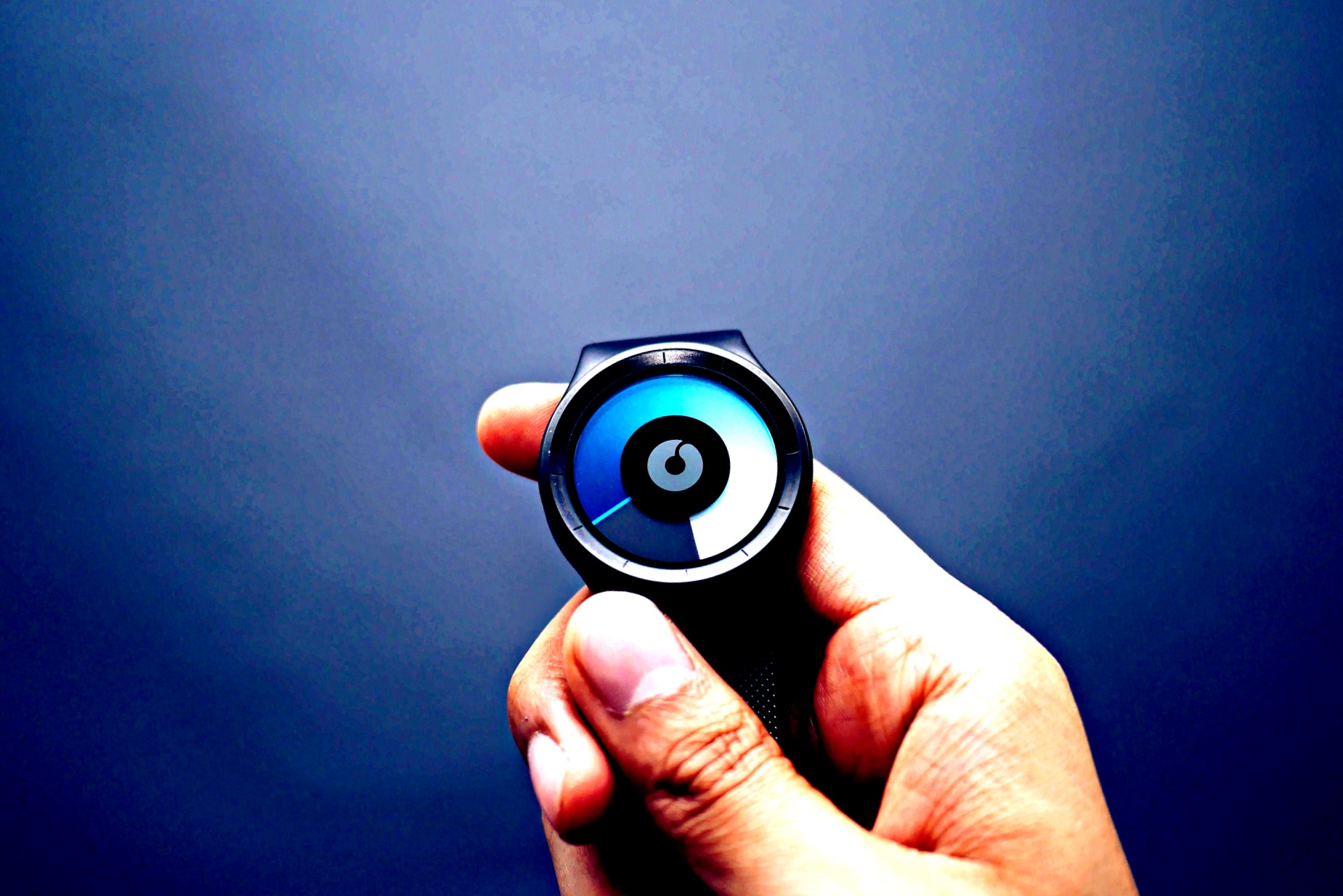In a nutshell they’re best described as consumer enablers. At the simplest level, this could be an automated device with embedded intelligence or simply an application on your phone that takes care of things you often neglect.
What are smart home technologies?
Technology and informatics have come so far now that, no matter what the task or need, you can be sure that someone has already thought about it and an application or a mechanical device has already been developed.
But let’s take this a stage further. There is a whole plethora of technology companies developing all manner of devices and applications just to make your day run smoother. Very soon your house will be full of them. But can these devices communicate with each other? Do they need to? And if they do, how do they do it? Well, let’s not get ahead of ourselves just yet.
The point is, smart technology is enabling us to transform the way we live for the better – and it’s already here.
Some of the best smart home technologies to me.
Let’s look at a few individual devices and apps. Healthcare is big business and Google, Apple and Samsung, are all working on smart devices that we can wear to monitor our personal fitness and even detect serious conditions such as diabetes. PwC predict that this connected health market could be worth as much as US$61 billon globally by 2020. They estimate that 26% of 18–34 year olds are already using technology such as wearables to monitor their health.
Then there are the devices that work about our home without any particular interaction from us. These range from intelligent robot vacuum cleaners that clean on pre-determined periods to lawn monitoring systems which gather data about the soil humidity and turn on the sprinkler system when required.
Moving on to more interactive devices. We have, amusingly, motion detection toilet lights to let you know the position of the seat; touchless toilet flush kit and automatic touchless faucets which are operated automatically helping prevent the spread of germs and saving water; a showerhead and wireless speaker connecting via Bluetooth to music.
Finally we have devices that can be controlled from remote mobiles or computers – although they need to be internet or Wi-Fi enabled. The range of applications is enormous – from opening and closing curtains, remote CCTV home monitoring or simply allowing the control of home lighting and heating.
But I remember the nightmare days of trying to interconnect two electrical devices and getting them to work together. Each device had a different shaped plug and there was no guarantee that the output of one would work with the input of another. Those days have gone. With Smart Home Automation Hubs it is possible to control all smart devices with one single unit provided that they are all in some way connected to the internet or WiFi.
Zoom on: Connected Plus Show, the conference of smart home technologies
The Connected Plus Show was held in September 2015 with the purpose of meeting the industry’s need for a unified and collaborative forum. In particular the conference looked at how the market was shaped in Canada and how the market as a whole was forming.
Although the renowned speakers gave an insight on how they believed the industry was evolving, importantly they addressed many of the challenging issues such as the Internet of Tomorrow (IoT); managing Big Data; interoperability between vendors, devices and platforms; issues of security including the protection of patient privacy and personal data.
According to experts Frost & Sullivan the entire market opportunity for smart home technologies could be worth $731.79 billion by 2020. Industry sources are predicting anything between 26 to 100 billion connected devices by the same year. So have a good look at your bathroom suite. It’s all about to change.
Are you connected? If not, you soon will be.

